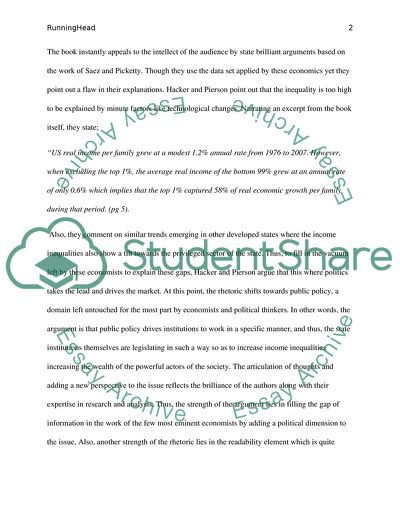Cite this document
(Analysis of Winner Takes All Book by Hacker & Pierson Report/Review, n.d.)
Analysis of Winner Takes All Book by Hacker & Pierson Report/Review. Retrieved from https://studentshare.org/social-science/1843412-review-of-the-hacker-pierson-book
Analysis of Winner Takes All Book by Hacker & Pierson Report/Review. Retrieved from https://studentshare.org/social-science/1843412-review-of-the-hacker-pierson-book
(Analysis of Winner Takes All Book by Hacker & Pierson Report/Review)
Analysis of Winner Takes All Book by Hacker & Pierson Report/Review. https://studentshare.org/social-science/1843412-review-of-the-hacker-pierson-book.
Analysis of Winner Takes All Book by Hacker & Pierson Report/Review. https://studentshare.org/social-science/1843412-review-of-the-hacker-pierson-book.
“Analysis of Winner Takes All Book by Hacker & Pierson Report/Review”, n.d. https://studentshare.org/social-science/1843412-review-of-the-hacker-pierson-book.


